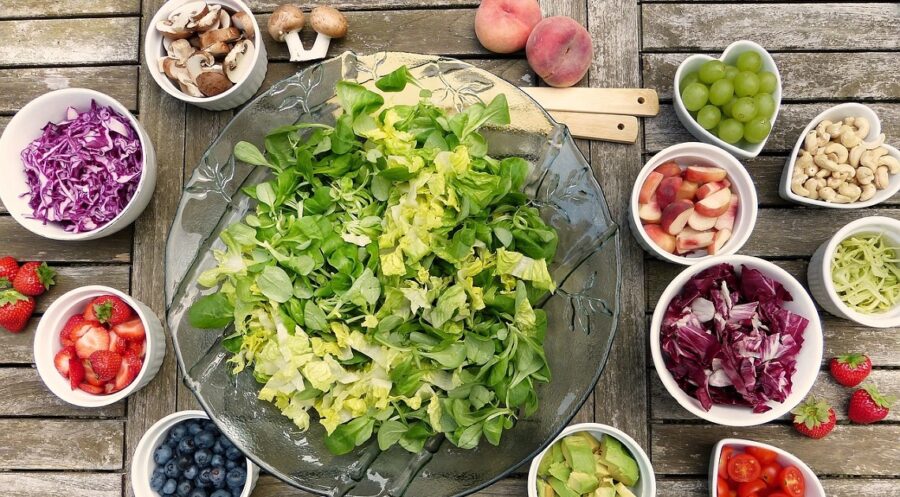The winter crops for 2023, primarily wheat, which will be harvested starting in July 2023, were planted last November amid drier-than-average weather, according to a report.
The total amount of precipitation in November was almost 30% less than the long-term average (LTA).
Mid-December found soil moisture levels to be low, especially in the western and central parts of the country. Current weather predictions indicate a high probability that below-average precipitation levels will persist between December 2022 and February 2023, impeding the establishment and growth of crops.
The 2022 cereal crop harvest, which primarily consisted of maize and wheat, was completed in September. Due to near-average plantings and generally favorable weather during the season, the total output of cereals is anticipated to be 377 000 tonnes, comprising 210 000 tonnes of maize and 110 000 tonnes of wheat.
The estimated total amount of cereal that will need to be imported during the 2022–2023 marketing year (July–June) is 733 000 tonnes. On account of the harvest of a big output in 2021 and of a near-average production in 2022, import requirements for wheat, which represent on average around 90% of the total volume of grain imports, are predicted at a near-average level of 600 000 tonnes.
Between December 2021 and June 2022, the national average retail price for wheat flour grew significantly. The following months saw a general stability in prices despite the introduction of a one-year export embargo on wheat on July 4, 2022. Prices were around 25% higher in November 2022 compared to the previous year as a result of rising manufacturing and transportation costs.
Following the production of new tubers, prices of potatoes, another significant staple item, dropped significantly between June and August 2022. Prices rose seasonally between September and November 2022, exceeding those seen the previous year by a significant margin. The limited domestic availability following the smaller crop in 2022 and the low import volumes are the main causes of the yearly increase.



